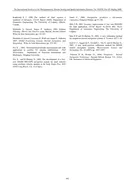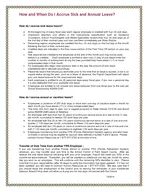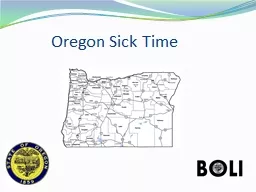PPT-Sick and going down
Author : liane-varnes | Published Date : 2019-11-27
Sick and going down Go big or go home KB 41 yo male with dilated nonischemic cardiomyopathy chronic systolic CHF VT HTN DM type 2 long term AICD prior leg DVT sleep
Presentation Embed Code
Download Presentation
Download Presentation The PPT/PDF document "Sick and going down" is the property of its rightful owner. Permission is granted to download and print the materials on this website for personal, non-commercial use only, and to display it on your personal computer provided you do not modify the materials and that you retain all copyright notices contained in the materials. By downloading content from our website, you accept the terms of this agreement.
Sick and going down: Transcript
Download Rules Of Document
"Sick and going down"The content belongs to its owner. You may download and print it for personal use, without modification, and keep all copyright notices. By downloading, you agree to these terms.
Related Documents














